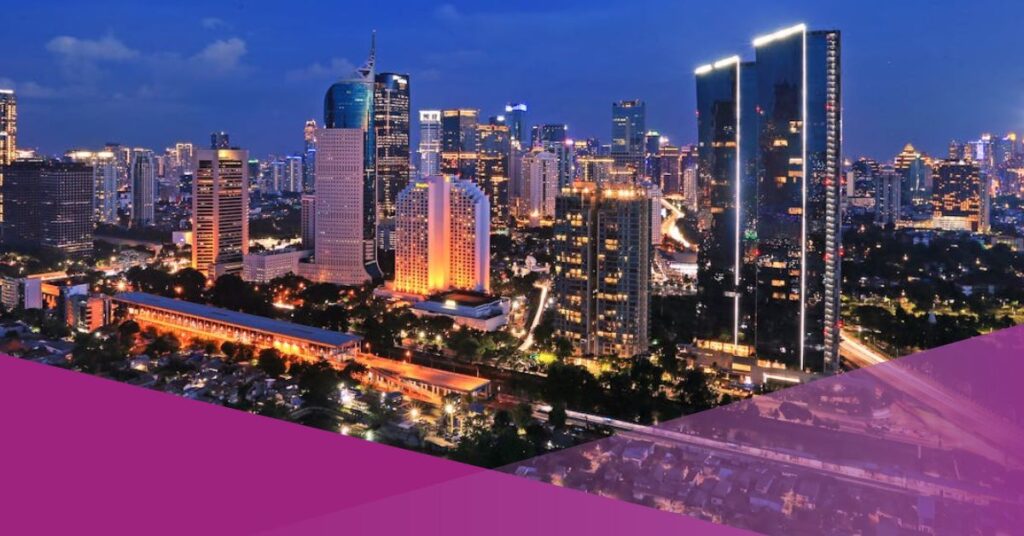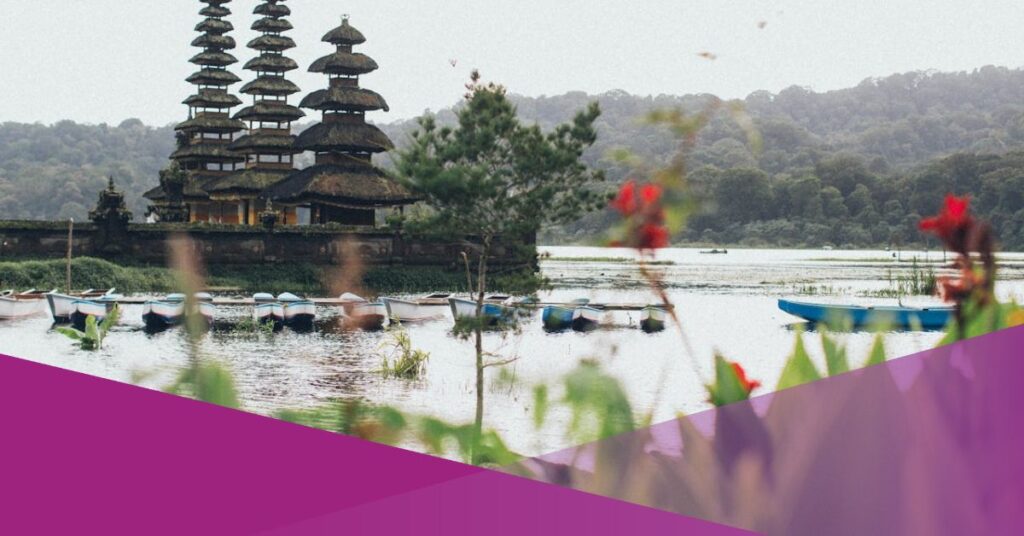The Glagalinggah Pine Forest in Kintamani Village, Bangli District, has a status of social forestry and has started to develop as a new tourist destination based on the strengthening of communities around the forest.
The Glagalinggah Pine Forest is incorporated into the Glagalinggah Hamlet on the slopes of Mount Batur in Kintamani, at an altitude of 1,200 meters above sea level. This pine forest has excellent potential as a new tourist destination for Kintamani.
The Head of the Bali Province Environment and Forestry Service, I mage Teja at the inauguration of the Glagalinggah Pine Forest Tourism Area, Kintamani, said that this new type of tourism could be an effort to improve welfare, especially for the surrounding community.
“Social forestry programs are highly strategic in enhancing community welfare, economic equity around forests, overcoming land disputes, and providing communities with access to employment opportunities,” said Teja.
Most people around the Glagalinggah Pine forest work as farmers, producing commodities such as coffee, bananas, oranges, and nuts. In addition, people also work as cattle, pig, and chicken breeders.
Also Read: Thousand of Artists Enliven The Denpasar Festival 2022
Glagalinggah Village
Glagalinggah Traditional Village sees the need to create new economic opportunities for its growing population, especially the younger generation, which currently has a population of less than a thousand.
The traditional village of Gragaringa has recognized the great potential and developed the pine forest into a tourist attraction. Wayang Sumadi, a conventional village head of Gragaringa, said the development of pine forest tourism is based on conservation and conservation, involving local communities.
The pine forest tourism will be managed directly by 220 heads of families in the local village with the concept of forest conservation and local cultural heritage.
“With the concept of conservation, tourists visiting the Glagalinggah Pine Forest can not only enjoy the scenery but also see how our people can protect this forest and preserve it to the present day,” Sumadi explained.
The development of the pine forest tourist area is also supported by the Ministry of Environment and Forestry which is currently focusing on developing social forestry as a tourist area. Jo Kumala Dewi, Executive Director of the Partnership and Social Forestry and Environmental Partnership (PSKL), said the Glagalinggah pine forest tour has become a rule model of social forestry, serving as a tourist destination with traditional villages and private parties.
In developing the pine forest tourist area, Glagalinggah Traditional Village received support from a private company, PT Tirta Investama. It is expected that opening the pine forest as a new tourist destination for the Christmas and New Year holidays will become a new attraction for tourists visiting Kintamani.
“This is also our commitment to protect the forest areas that are the water source for the basin and downstream areas,” said Indonesia’s Sustainable Development Officer Danon Karyanto Wibowo.


































